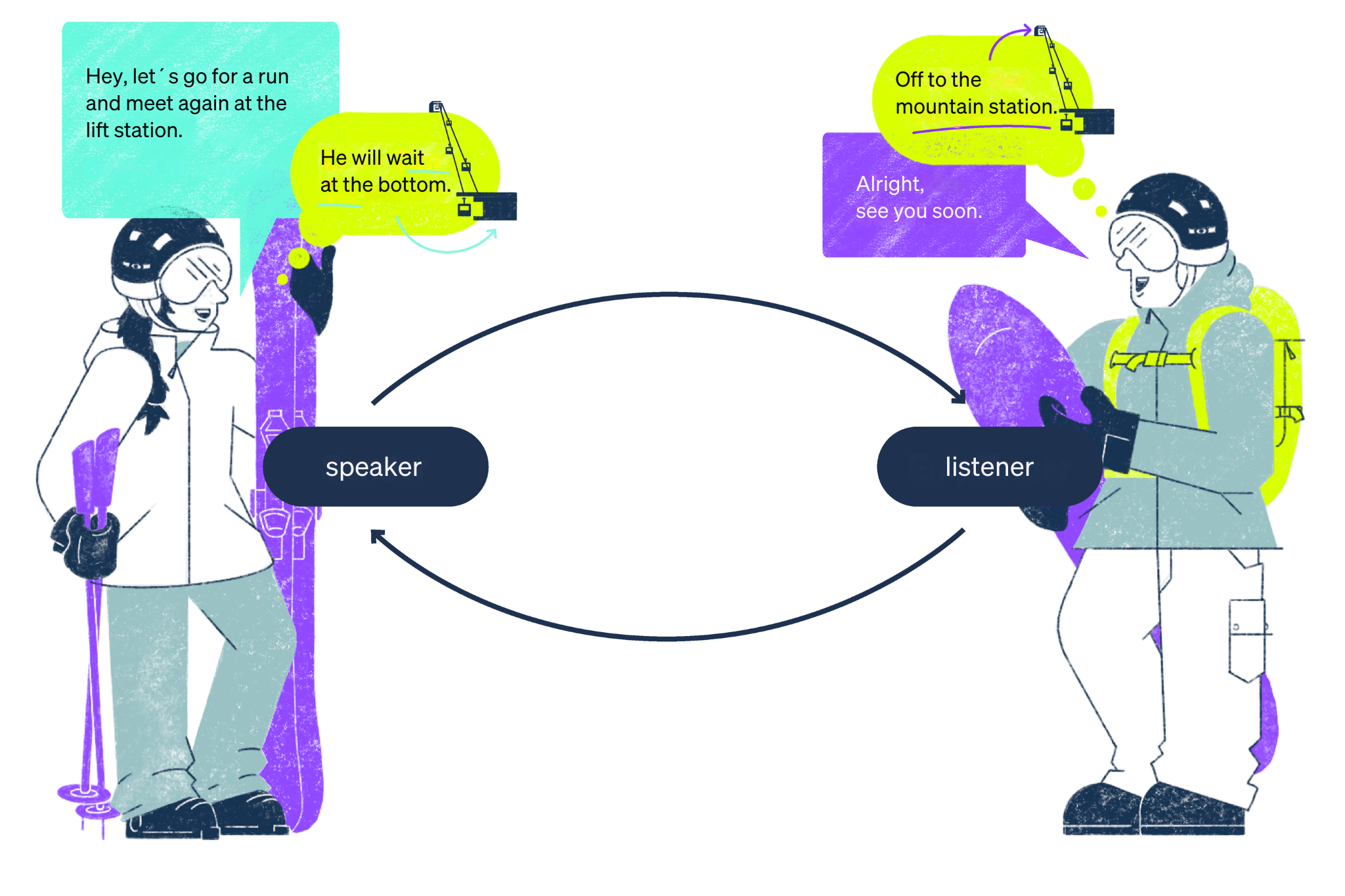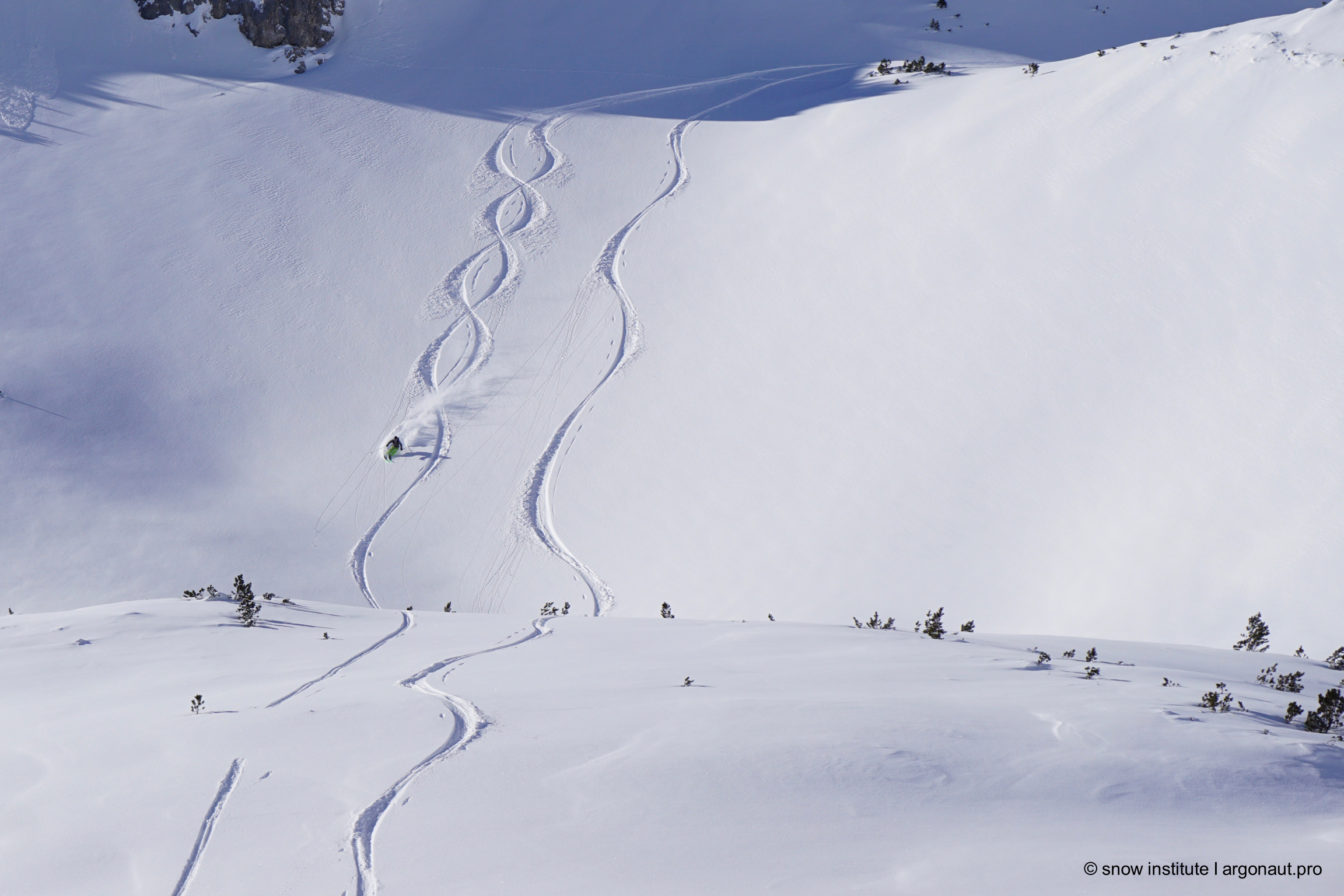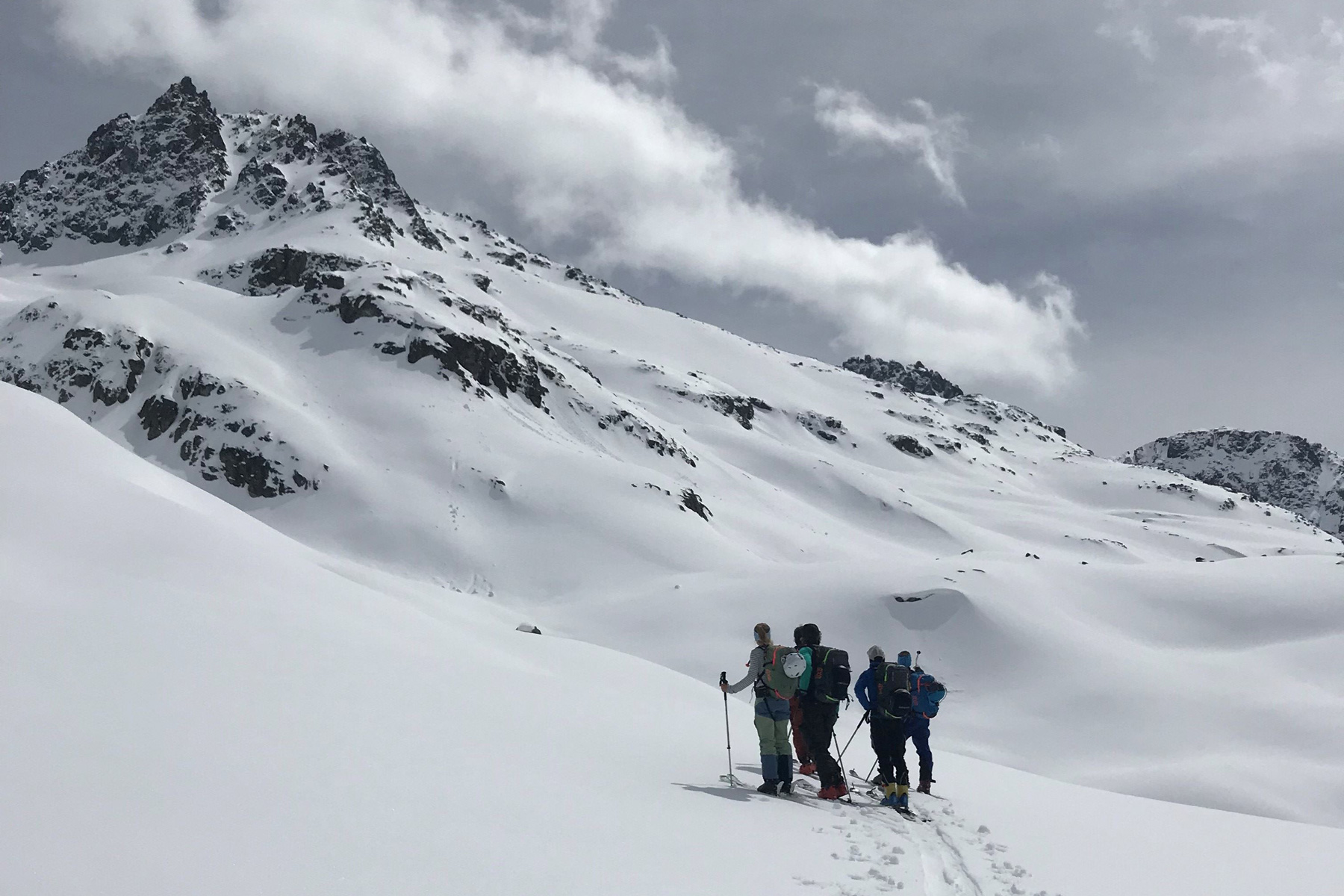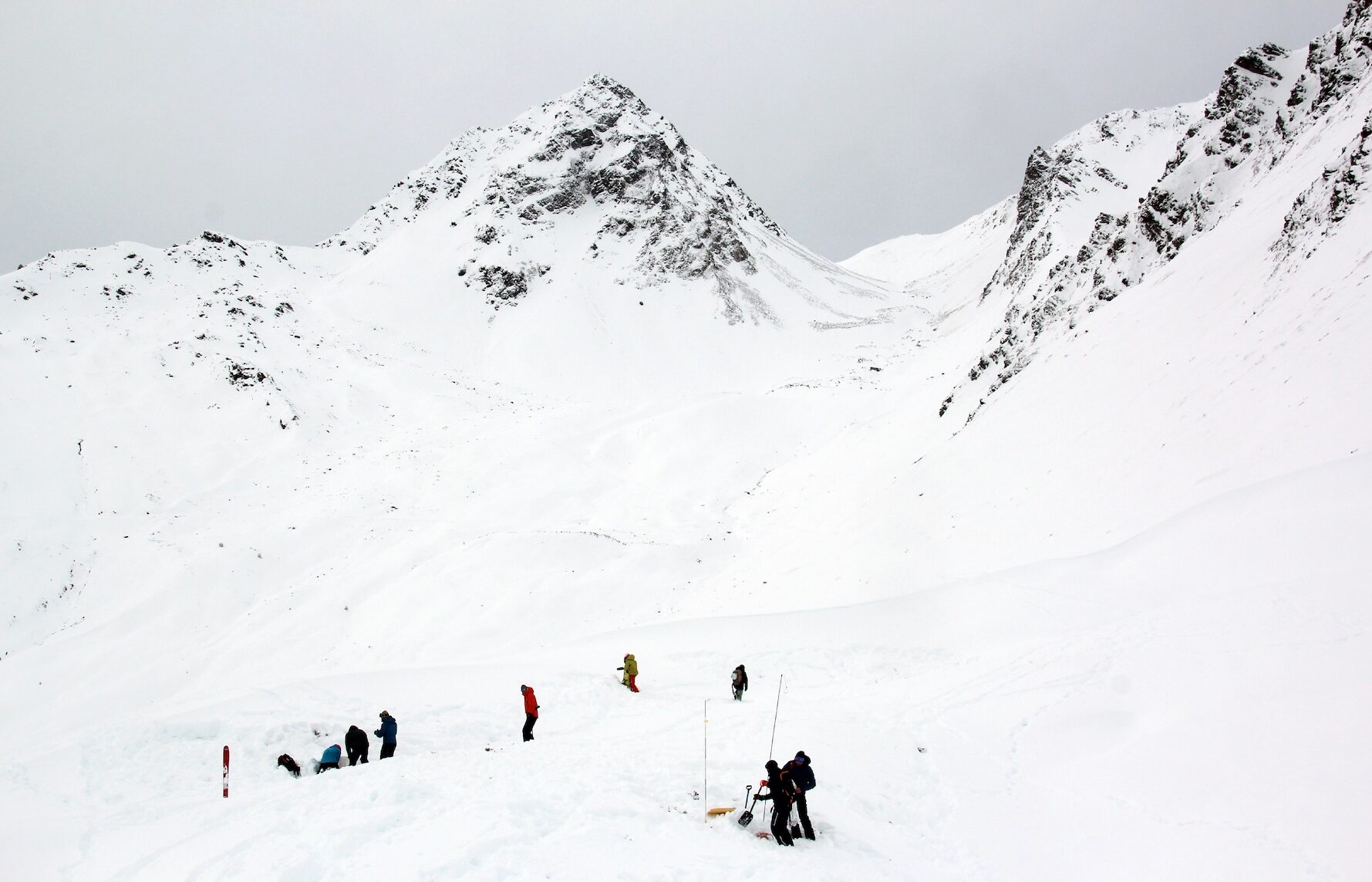
What to do in an emergency on the ski slope?
Even on a normal day on the slopes, something can happen. Regardless of whether you or your group is affected by an emergency or you are involved in an accident
26.06.2023
Communication is omnipresent. Whether freeriding on the mountain, teaching at school or in a private context with friends. The following article takes a brief look at the basics of the topic and outlines suggestions for good communication on the mountain.
Who hasn’t experienced this situation: you’re out and about in a ski resort, possibly with a group of students or trainees, in a family context or with friends, in a management role or simply in private. And then you’re faced with the problem of having to reconcile different opinions. Should you take the black run on the right or the red run on the left? Should we meet at the lift exit or at the lift entrance? Simple questions that can be decided smoothly, but can also cause misunderstandings or upset in the group.
A basic understanding of the concept of communication is helpful in understanding such seemingly banal situations.
Generally speaking, communication is the exchange and transfer of information. This actually happens all the time – or, as Paul Watzlawick says: “You can’t not communicate.” The information is in the form of language, gestures, facial expressions or other signs. Ideally, both parties should be able to correctly decipher the “signs” used, otherwise misunderstandings or a breakdown in communication may occur. This happens when one person uses a language or sign that the other person does not understand. To be reasonably sure that the information has been understood correctly, it is worth asking what was received by whom and how.
The illustrated sign “STOP Avalanche DANGER” is not really of much use if the viewer is not familiar with the actual content of the picture. Anyone who does not know what avalanches are or what danger means in this context will not be able to decipher this message. The sign can only be interpreted correctly if basic knowledge in this area is available.
Another example is agreeing a common meeting point when a group splits up. For the reunion to work, everyone involved must know the name and location of the agreed meeting point. The best way to ensure that everyone is actually in the right place at the right time is to check that everyone is talking about the same thing.
The last situation described also indicates that at least two people are needed for communication to take place. One person is the sender – the other is the receiver. In a conversation, these roles are constantly changing.

The key phrase for understanding many communicative misunderstandings is the simple sentence: “The receiver determines the message (Paul Watzlawick)”. This means that what is said is not always received in the way it was meant because the translation is different for the person receiving it than the person sending it assumes.
The statement “Please keep your distance when driving into the slope” does not imply how large this distance must be.
“The next driver will only set off when the previous driver has passed the red sign at the bottom”, on the other hand, contains more information and a clear instruction to take action.
The Austrian communication scientist Paul Watzlawick also recognized that every message that is transmitted contains a relationship aspect in addition to the content aspect. This means that in addition to the information actually intended, every message transmitted also expresses the relationship between the two parties involved – sender and receiver. It is also this relational aspect that significantly influences the way in which communication takes place. A teacher with a group of pupils will use a different language and setting than parents with their children or young people when they are out on the mountain with their friends.
Good communication is essential. The clearer and more transparent it is, the smoother a day on the mountain will be, the more misunderstandings can be avoided and the greater the fun factor for everyone involved.

Even on a normal day on the slopes, something can happen. Regardless of whether you or your group is affected by an emergency or you are involved in an accident

Standard measures, i.e. generally valid, effective and recognized recommendations for action to avoid risks, are always (!) applied – regardless of the type of group, the terrain or the current

Can I ski this line today or is it perhaps too dangerous after all? How do I even know where and whether there is avalanche danger or not?

When deciding whether a freeride run is possible or not, a basic understanding of what makes a descent dangerous is crucial.

Can I ski this line today or is it perhaps too dangerous after all? How do I even know where and whether there is avalanche danger or not?

As soon as the first snow falls, the motto is: grab your skis or board and make the first tracks of the season in the snow on the glacier or in the backcountry. Those who

More than half of all people involved in avalanche incidents suffer no or only minor injuries. Around 32 percent of the people involved are seriously injured, and the death rate of people who are buried (regardless of the burial depth) is around 13 percent.

Snow is a form of frozen water. It consists of many small ice crystals that form into snowflakes.
Topics
Legal information
All graphics, images and texts on the entire site may be downloaded and used in accordance with our rights of use.